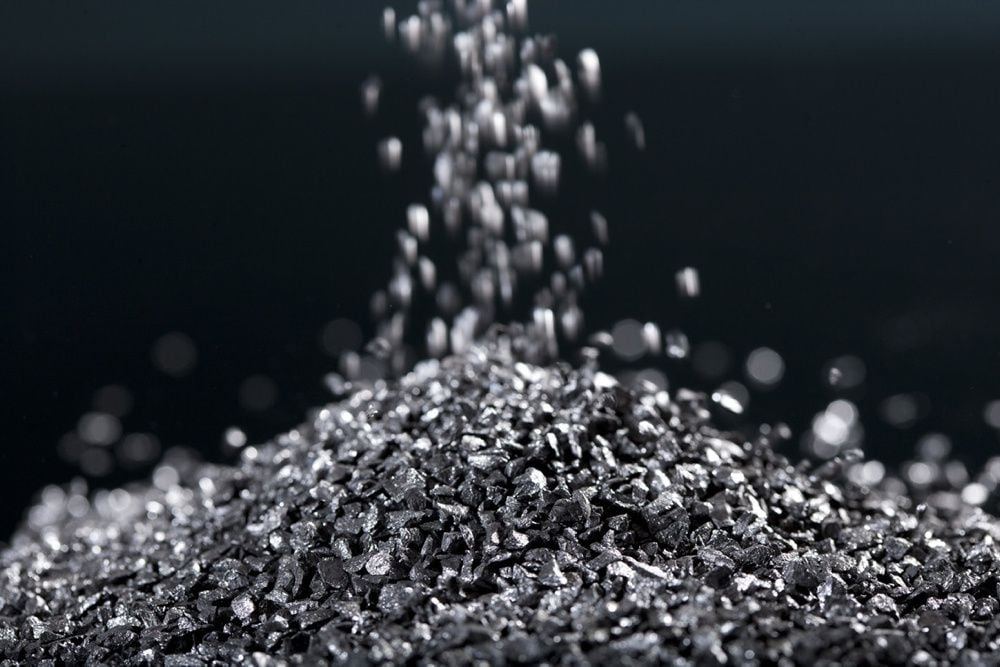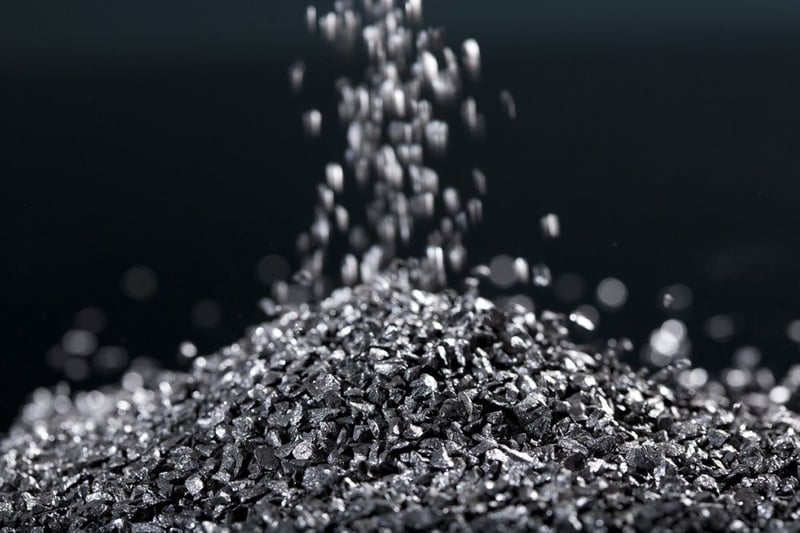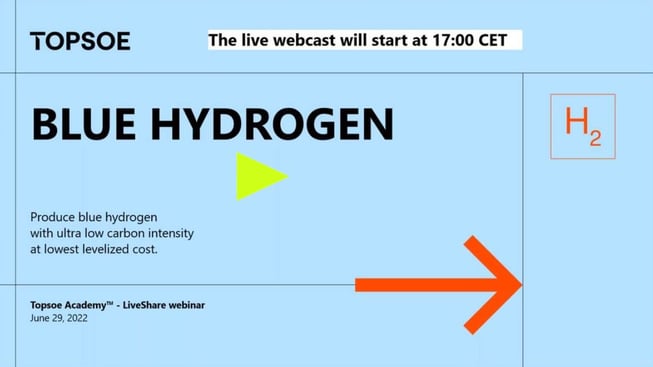How to reduce ammonia production cost with improved ammonia synthesis catalyst?

Using KM 111 in conjunction with our industry-leading catalyst KM1 increases the profitability of ammonia production through record high production levels as well as savings in energy consumption.
The growing population worldwide increases the general demand for ammonia fertilizer. At the same time, you probably struggle with optimizing your ammonia plant’s processes and staying cost-competitive. To respond to these challenges, we constantly strive to improve the technology and catalysts in our offering in order to maximize customers’ production and improve efficiency.

KM 111 is shaped in the form of irregular grains.
We introduced the first ammonia synthesis catalyst in 1947 and since then have proven the superior activity of our ammonia catalysts. The numbers speak for themselves: KM1 and its pre-reduced equivalent are used to produce over half of the world’s ammonia. More than 1,200 charges have been sold since the initial production with 259 charges of the catalyst currently in operation.
Recently, we went one step further. KM 111 is the latest innovation in ammonia synthesis catalysis and delivers record production levels together with improved energy efficiency. It actually surpasses the market-leading activity of KM1. KM 111 also offers faster plant start-ups and new plant will have the option to downsize catalyst volume as well as reactor size.
 Comparison of catalyst activity for KM1 and KM 111.
Comparison of catalyst activity for KM1 and KM 111.
The KM 111 was developed specifically for use in the lower beds of your converter, and delivers significantly higher activity in the high-concentration conditions found in these beds. When combined with our industry-leading KM1 catalyst in the top bed, the KM 111 enables a whole new order of cost-efficiency at your plant.
Using KM 111 in your lower beds can also help to reduce operating or initial investment costs. Existing plants can cut energy consumption by lowering loop pressures and converter inlet flows. Grassroots plants or existing plants with new converters can save via smaller reactors and lower catalyst volumes. And the KM 111 has a shorter reduction time than other unreduced catalysts – saving valuable time in the commissioning phase.
We have 33 references and documented performance data from an Indian fertilizer producer that confirm the following about KM 111:
- Unparalleled high and stable activity
- Higher ammonia production rates
- Lower pressure = lower energy consumption
- Shorter reduction times


Share your thoughts
Comment on this post